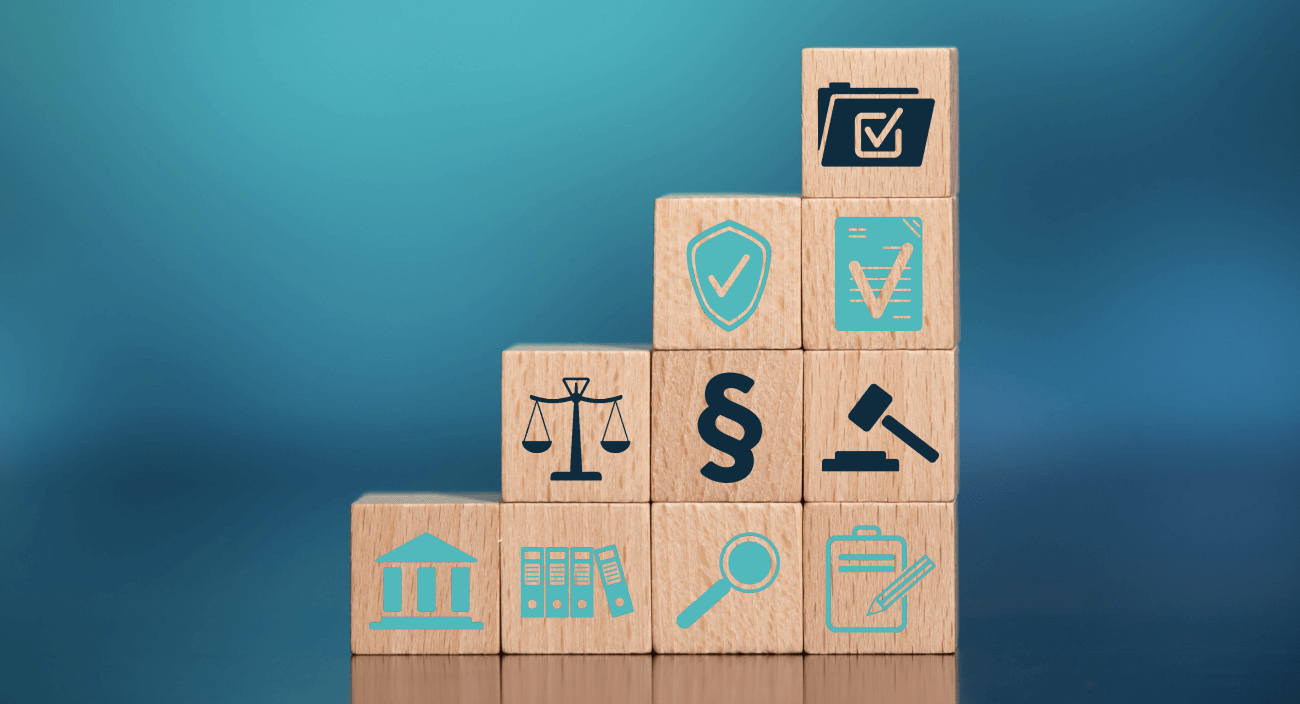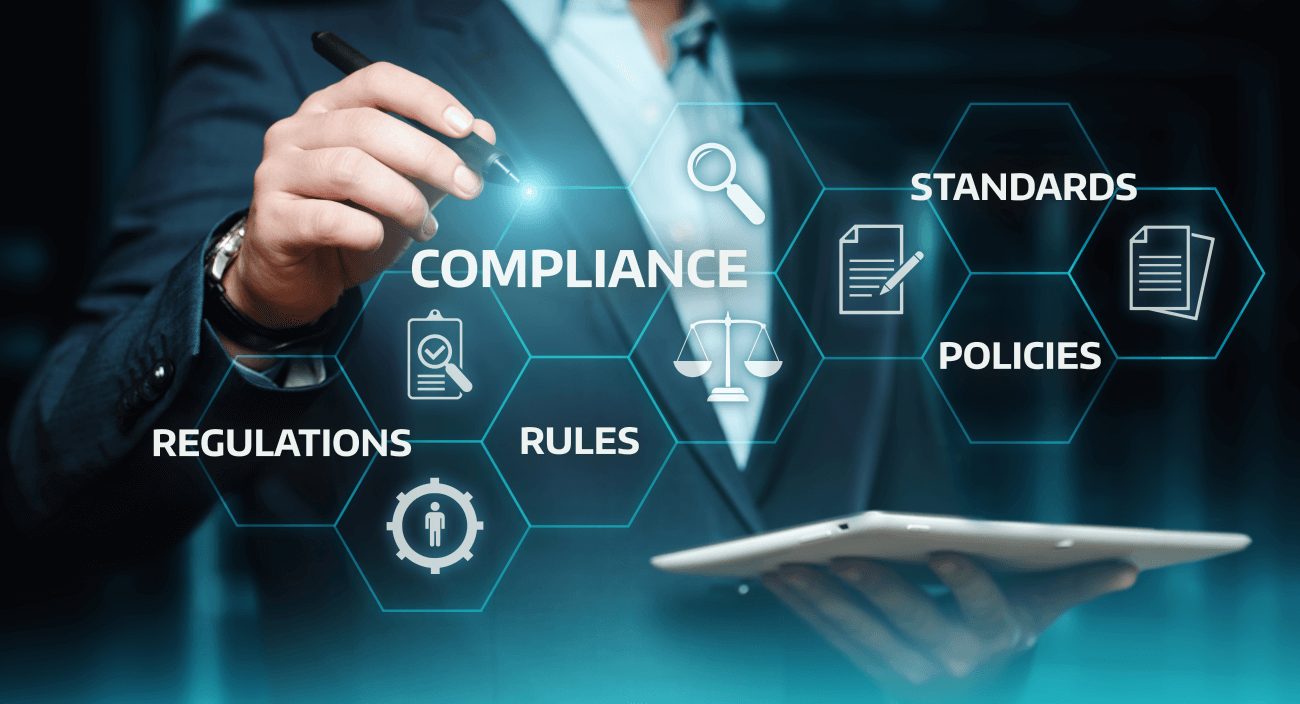In an era where cyberthreats are increasingly complex and pervasive, the European Union’s NIS2 Directive stands as a vanguard of advanced cybersecurity regulation. Building on the legacy of the original Network and Information Systems (NIS) Directive, NIS2 seeks to fortify the cybersecurity posture of the EU’s essential and important entities. This blog delves into the intricacies of the NIS2 Directive, exploring its objectives, scope, and impact on data protection and storage, and providing a clear roadmap for organizations navigating this new regulatory landscape.
What is the NIS2 Directive?
The NIS2 Directive, formally known as the Directive on measures for a high common level of cybersecurity across the Union, represents a significant overhaul of the EU’s cybersecurity strategy. Enacted to address the evolving digital threats and to protect the EU’s internal market, the directive extends beyond the original NIS Directive’s scope, covering a broader array of sectors and introducing more stringent cybersecurity and reporting requirements.
The directive’s primary aim is to elevate the level of cybersecurity across all EU member states, ensuring a unified and robust defense mechanism against cyber incidents. It mandates enhanced security protocols, increased incident reporting, and stronger governance frameworks for a wide range of public and private entities. By doing so, it not only protects critical infrastructure but also strengthens the resilience of the European digital single market.

Understanding the Scope of NIS2
The NIS2 regulation considerably broadens the scope of its predecessor, extending its reach to more sectors and introducing detailed criteria for classifying entities as either “essential” or “important”. This expansion is part of the EU’s strategy to bolster cybersecurity across a wider spectrum of industries and services, reflecting the increasing reliance on digital infrastructure and the rising cyber threats.

Sectors Covered by NIS2 Guidelines
NIS2 extends its regulatory framework to a variety of sectors deemed critical for societal and economic stability. Here’s a breakdown of these sectors, categorized under the essential and important entities framework:
Key Focus Areas of NIS2
NIS2 emphasizes several key areas to strengthen cybersecurity defenses and response capabilities:
- Risk Management and Security Measures: Organizations are required to implement comprehensive risk management processes and adopt security measures tailored to mitigate identified risks.
- Incident Reporting and Handling: There are specific protocols for reporting cyber incidents, with an emphasis on timely and detailed communication with national authorities.
- Supply Chain Security: NIS2 highlights the need for entities to secure their supply chains against cyber threats, recognizing the interconnected nature of modern business operations.
- Cybersecurity Training and Awareness: The directive stresses the importance of regular training and awareness programs for staff and management to foster a culture of cybersecurity throughout the organization.

Difference Between NIS and NIS2 Framework
Understanding the evolution from NIS to NIS2 compliance is crucial in grasping the European Union’s advancing cybersecurity landscape. The original NIS Directive laid the groundwork for EU-wide cybersecurity regulation, focusing on essential services in key sectors. NIS2, however, expands and intensifies these requirements to address the escalating and evolving cyber threats.
- Expanded Scope: While NIS focused primarily on critical sectors like energy, transport, and finance, NIS2 extends to include sectors such as public administration, space, postal and courier services, and waste management.
- Clearer Definitions: NIS2 offers more precise definitions of essential and important entities, clarifying the regulatory expectations and compliance obligations for a broader range of organizations.
- Stricter Compliance Requirements: NIS2 mandates more rigorous risk management and reporting obligations, reflecting the increasing sophistication of cyber threats.
Preparing for NIS2 Compliance
Organizations must take proactive steps to align with NIS2’s enhanced requirements. Preparation involves a comprehensive approach, encompassing the following key areas:
- Gap Analysis and Risk Assessment: Conduct a thorough analysis to identify gaps in current cybersecurity practices compared to NIS2 requirements. Perform a detailed risk assessment to understand potential vulnerabilities and their impact on critical services and operations.
- Cybersecurity Framework Implementation: Develop and implement a robust cybersecurity framework that aligns with NIS2 standards. This framework should cover all aspects of information security, from physical and network security to employee training and incident response.
- Incident Management and Reporting: Establish or refine incident management processes to ensure rapid detection, reporting, and response to cyber incidents in compliance with NIS2’s reporting timelines.
- Supply Chain Security: Assess and secure the supply chain to prevent vulnerabilities that could lead to security breaches. Implement stringent controls and regular audits for third-party vendors and service providers.
- Training and Awareness Programs: Develop comprehensive training and awareness programs to educate employees at all levels about cybersecurity risks and their responsibilities under NIS2.
- Compliance Monitoring and Continuous Improvement: Regularly monitor compliance with NIS2 requirements and adapt to evolving cybersecurity threats through continuous improvement of security practices and protocols.
Timelines and Implementation
NIS2 entered into force with EU member states required to transpose the directive into national law by October 17, 2024. Organizations covered by the directive must comply with the national legislation implementing NIS2 by this deadline. It is crucial for organizations to start their compliance journey now to meet these regulatory deadlines effectively.
Penalties for Non-Compliance
Non-compliance with NIS2 can result in significant penalties, emphasizing the importance of adhering to the directive’s requirements:
- For essential entities, fines can reach up to €10 million or 2% of the total worldwide annual turnover, whichever is higher.
- Important entities may face fines up to €7 million or 1.4% of the total worldwide annual turnover, again, whichever is higher.
- Additionally, senior management might face personal liability and legal repercussions, underscoring the directive’s focus on accountability at all organizational levels.
Organizations should prioritize NIS2 compliance not only to avoid these penalties but also to strengthen their cybersecurity posture against the backdrop of an increasingly hostile digital environment.
Implications for Information Security and Data Protection Teams
The enactment of NIS2 guidelines has significant implications for Information Security and Data Protection teams within organizations:
- Enhanced Roles and Responsibilities: These teams will need to take a leading role in ensuring compliance with NIS2, necessitating a deep understanding of the directive’s requirements and how they apply to the organization’s operations and technologies.
- Integrated Security Measures: They must integrate comprehensive cybersecurity measures, including risk management, incident response, and supply chain security, into the organization’s broader security strategy.
- Data Protection Alignment: There is a need to align NIS2 compliance with existing data protection and privacy regulations, such as GDPR, ensuring that data handling and security measures satisfy both sets of requirements.
- Continuous Training and Awareness: Ongoing education and awareness programs will be crucial to keep staff informed about cybersecurity risks and compliance obligations under NIS2.

NIS2 and Data Storage: What You Need to Know
Data storage and management are critical aspects under NIS2, with specific considerations that organizations must address:
- Data Security and Integrity: Organizations must implement measures to ensure the security and integrity of data storage and processing activities, aligning with NIS2’s focus on risk management and secure information systems.
- Compliance with Data Retention Policies: They need to review and possibly revise their data retention policies to comply with NIS2 requirements, ensuring that data is stored securely and for no longer than necessary.
- Cross-border Data Transfers: For organizations operating across borders, NIS2 compliance includes managing the complexities of cross-border data transfers, ensuring that data storage practices meet the security standards of all applicable jurisdictions.
The Future of Cybersecurity with NIS2
In conclusion, NIS2 represents a pivotal shift in the EU’s approach to cybersecurity, with its expanded scope, stringent compliance requirements, and significant penalties for non-compliance underscoring the directive’s emphasis on enhancing the cyber resilience of critical infrastructure and services. Organizations must proactively adapt to these changes, embracing the directive as an opportunity to strengthen their cybersecurity posture, protect against evolving threats, and contribute to the collective security and economic stability of the European Union. By doing so, they not only ensure compliance with NIS2 but also build a robust foundation for navigating the cybersecurity challenges of the digital age.
Additional FAQs
NIS2 applies to non-EU organizations that provide services within the EU. If an outside entity operates in sectors covered by NIS2 or offers services to EU-based companies, it must comply with the directive’s requirements, ensuring cybersecurity measures are on par with EU standards.
SMEs may be exempt from certain NIS2 requirements, depending on their size and the impact of their activities on critical sectors. However, if they are significant to the supply chain of essential or important entities, they must comply with relevant NIS2 provisions.
The first steps include conducting a gap analysis to identify compliance shortfalls, understanding the directive’s applicability to the organization, and prioritizing areas that require immediate attention, such as risk assessment, incident response planning, and cybersecurity training.
Cloud service providers, especially those hosting or managing data for essential and important entities, will face stricter regulatory scrutiny under NIS2. They must ensure robust security measures, including data protection, incident management, and supply chain security, to comply with the directive.
While NIS2 does not prescribe specific technologies, it emphasizes the need for effective cybersecurity measures such as encryption, multi-factor authentication, incident detection and response systems, and regular security assessments to mitigate risks.
NIS2 complements GDPR by focusing on network and information system security across critical sectors, while GDPR primarily addresses personal data protection. Both directives require robust security measures, incident reporting, and accountability, encouraging a holistic approach to cybersecurity and data protection.
National authorities are expected to provide guidelines, best practices, and support to help organizations understand and implement NIS2 requirements. This may include providing templates for incident reporting, offering training programs, and establishing helpdesks or advisory services for compliance assistance.
